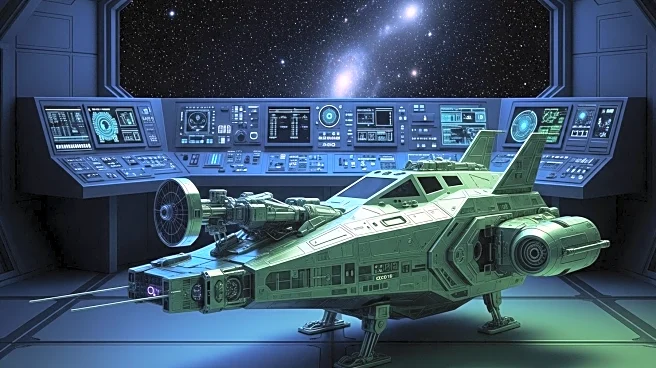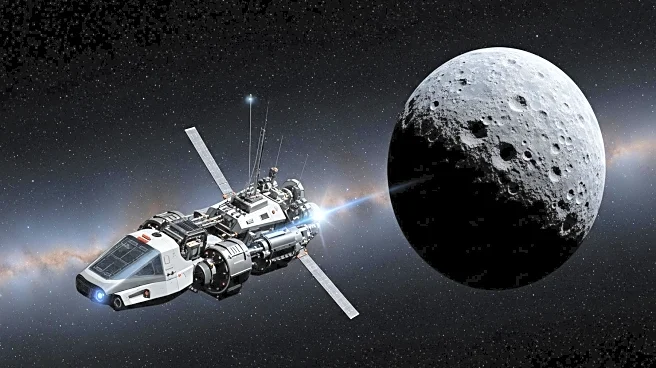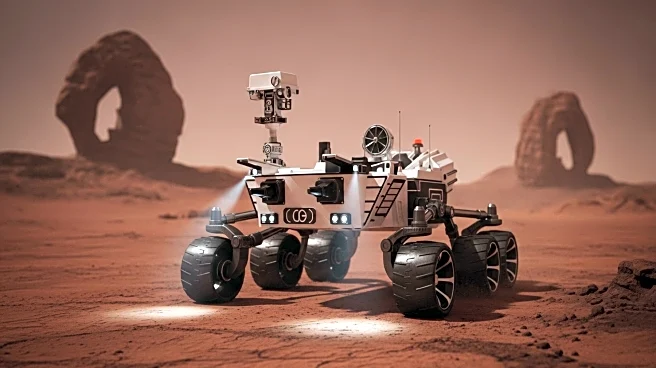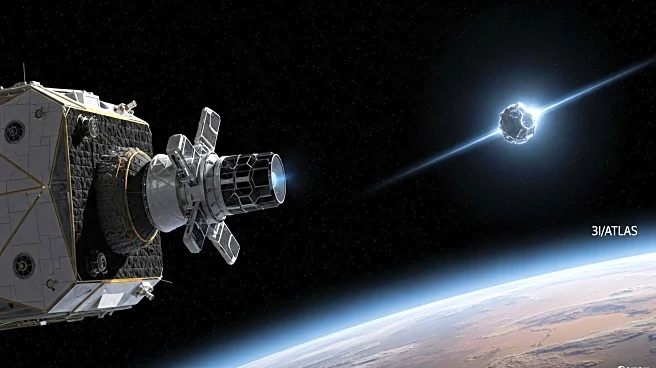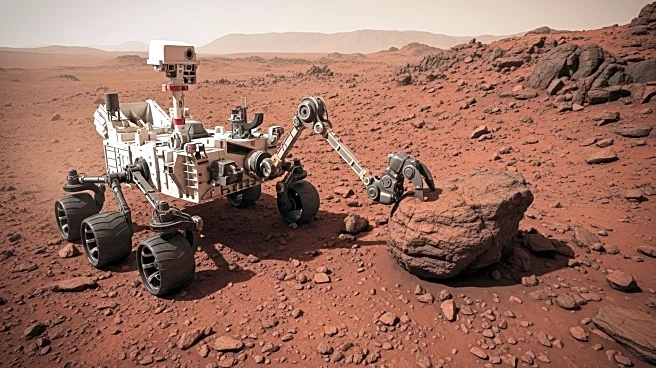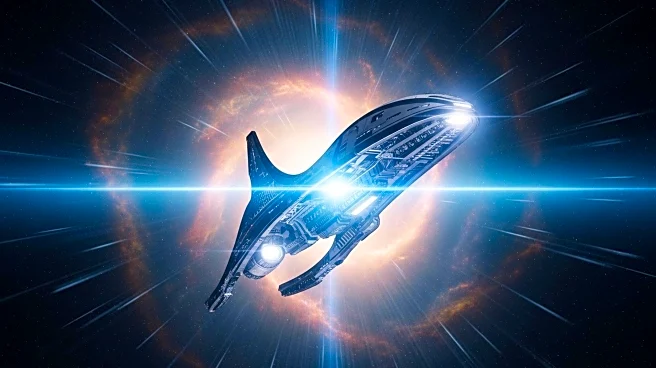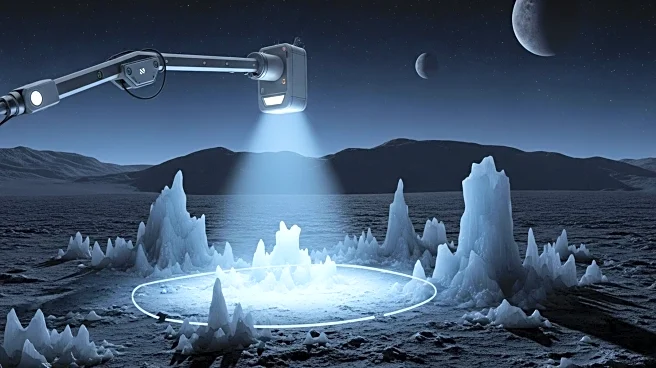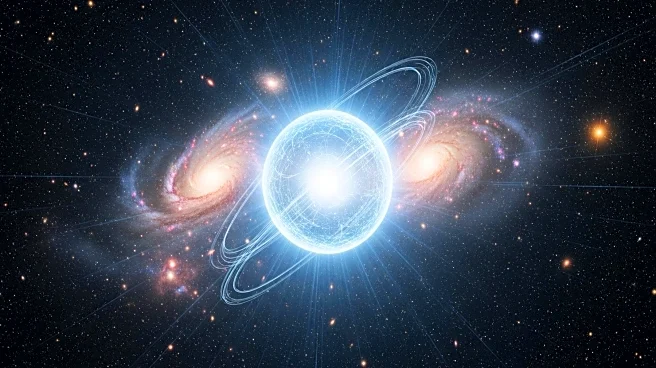What's Happening?
New research from the University of Illinois highlights potential risks associated with asteroid deflection strategies, specifically the danger of inadvertently steering asteroids through gravitational keyholes. These keyholes are regions in space where a planet's gravity can alter an asteroid's trajectory, potentially setting it on a collision course with Earth in the future. The study emphasizes the need for precise targeting when deflecting asteroids to avoid these keyholes. Researchers have developed probability maps to identify safe impact zones on asteroids, taking into account their shape, rotation, and mass.
Why It's Important?
The findings underscore the complexity of planetary defense efforts and the need for meticulous planning to ensure successful asteroid deflection. Misguided deflection attempts could inadvertently increase the risk of future impacts, highlighting the importance of understanding the gravitational dynamics involved. The development of probability maps and precise targeting strategies is crucial for minimizing these risks and ensuring that deflection efforts do not inadvertently create new threats. This research is vital for informing future missions and enhancing the safety and effectiveness of planetary defense strategies.
What's Next?
The European Space Agency's Hera mission, set to arrive at the DART impact site in 2026, will provide valuable data to refine deflection techniques and improve probability maps. Continued research and collaboration between international space agencies will be essential to develop comprehensive strategies for asteroid deflection. As the search for potentially hazardous asteroids continues, the ability to accurately predict and influence their trajectories will be critical for protecting Earth from future impacts.
